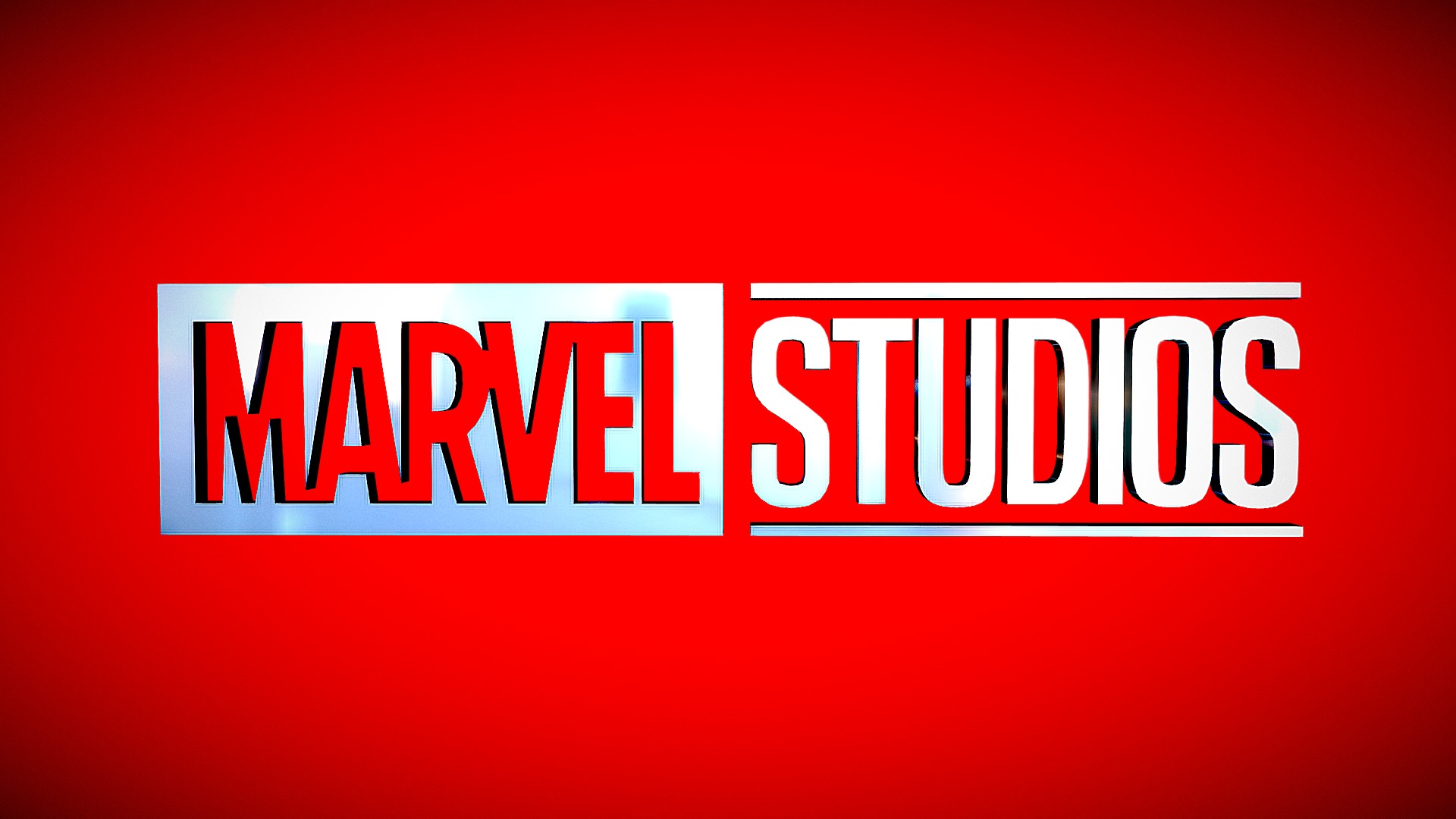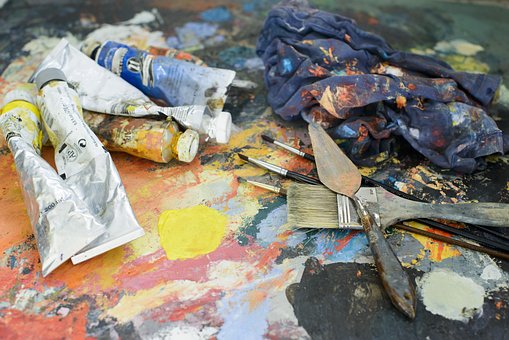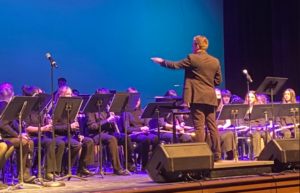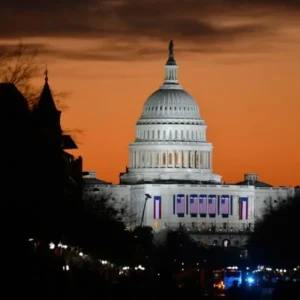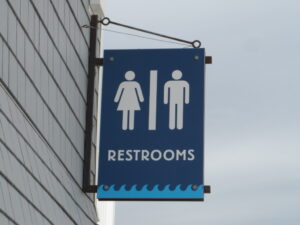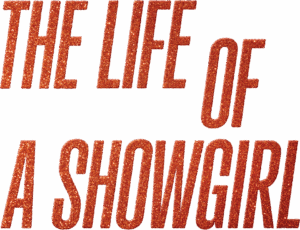Marvel, if you’re trying to convert me to DC, it’s working. I mean, what is going on with Phase Four? Let’s take a look:
Following the Infinity Saga, which consists of MCU Phases One through Three, involving the threat of Thanos and the infinity stones, Phase Four starts fans on the next chapter of Marvel content, dubbed the Multiverse Saga. Unfortunately, COVID-19 disrupted the intended release schedule for Marvel’s Phase Four projects, so the new saga began with the Disney+ show WandaVision in January of 2021. Since then, many more shows and movies have been released, testing different genres and ideas, most of which the fans dislike. Ranked from least disappointing to most awful, here are the three worst projects of Marvel Studios’ Phase Four.
***Spoilers ahead***
- Ms. Marvel
Kamala Khan, Muslim-American New Jersey-born teenage girl-turned-superhero. Sounds fantastic! Yet, something is missing… Oh, yeah: the plot. Ms. Marvel, Captain Marvel’s biggest fan who draws her powers from a bangle bracelet, has enormous potential! She’s a beloved comic character, similar to Spider-Man, who brings greater diversity to the MCU, but the story is missing. The show starts with Kamala discovering the bangle which gives her her superpowers. Her abilities are portrayed slightly different from the comics, presumably to accommodate her role in the upcoming film The Marvels, starring Captain Marvel, Ms. Marvel, and Monica Rambeau, which is hinted at in the season’s finale. Before becoming a superhero, Kamala doesn’t feel like she really fits in at school. She’s still trying to find her place in the world, and then she meets Kamran. It is later revealed that Kamran’s mother is Najma, the leader of a group of exiles from the Noor Dimension called the Clandestines. As it turns out, Kamala is a descendant of one of the Clandestines, and the bangle she possesses has the ability to transport the exiles back to their home. Najma, still feeling hatred towards Aisha (Kamala’s ancestor) and impatiently wanting to go back to the Noor Dimension—despite spending decades on Earth—attacks Kamala. The poor motivation behind her hostility makes it obvious that she is meant to be the main antagonist of the show. Only, she’s not.
Kamala goes to Pakistan to see her grandmother, and Najma and the Clandestines follow her there. While in Pakistan, Kamala meets a group of people called the Red Daggers, and their name is pretty much all we learn about them, making their presence more confusing than helpful. She also travels back in time somehow using the bangle, though this is not explained, which creates a feeling of disjointedness among the episodes. Then, Najma and Kamala encounter each other once more, and the bangle opens the barrier between the Noor Dimension and Earth’s dimension, endangering the entire planet. This should be the climax of the series. Najma decides to sacrifice herself to close the barrier and save everyone, but not before some of the Noor powers travel to Kamran. Following this scene, Kamala’s mother and grandmother learn about her powers, similar to how Aunt May learns about Peter Parker’s powers at the end of Spider-Man: Homecoming—seriously, these heroes are way too similar for Ms. Marvel to be as awful as it is. With Najma gone and the Clandestines’ dispute pretty much resolved, the season feels like it should be over, but alas, the Department of Damage Control (D.O.D.C.) takes over as the season’s big bad. The D.O.D.C. has been tracking Kamala and Kamran ever since they got their powers, specifically a very annoying agent, Sadie Deever, who works for Agent Cleary from Spider-Man: No Way Home. To satisfy the newfound need for a conclusion, the D.O.D.C. proceeds to attack Kamala, Kamran, and their friends, innocent children, in a school until Agent Cleary finally orders them to withdraw. Kamala then briefly “fights” Kamran to contain his outburst of powers, as he lacks control over his new abilities. The end!
Ms. Marvel definitely is not what fans were expecting when it first came out. The story is very misshapen and clearly needs some more time in the writers’ room. The plot’s lack of flow and meaningful story really held back the show’s potentiality, but the actors did an excellent job of bringing their characters to life, and I am excited to see Ms. Marvel on the big screen soon.
- Eternals
10 superheroes, one movie, some Game of Thrones cast sprinkled in—what could go wrong? As it turns out, nearly everything. Before analyzing the film’s struggles, it should be noted that a feature-length film simply does not have enough time to develop 10 individual superheroes, plus other side characters. This project would have been much better off if presented as a Disney+ show, affording each character and the plot more time for development. However, since it is a movie, here is a breakdown of all of the issues.
First, the Eternals are ancient, immortal beings meant to keep the Deviants at bay, protecting the planet to allow the unborn celestial within to grow. Each of the 10 has different abilities and vulnerabilities. For instance, one can fly and has heat vision, while one physically looks like a teenage girl; one has super strength while one is deaf; some have offensive powers, others, defensive powers. In the comics, these differences made sense, as the characters were immortal, organic beings. However, this movie introduces the Eternals as robots, designed by the celestials. Not that I’m judging the giant god-like beings, but if I was a celestial with access to a giant robot army, I don’t think I would create any teenage-like or deaf robots, and I certainly would not distribute powers unevenly. Maybe that’s just me, though.
Anyway, it is established that the Eternals have been on Earth for a very long time, impacting human civilizations in unimaginable ways. So, where were they when Loki attacked New York? When Ultron threatened planetary extinction? When Thanos destroyed half the universe? Minor continuity error.
Next, it is quickly revealed that one of the Eternals, their leader, Ajak, is dead. How kind of the writers to save the audience from having to become attached to her when she later joins the film. This simply is not a good writing choice. When you are crafting a story meant to spark a connection between the audience and your characters, you want the audience to become attached. Here, that does not happen. It’s wonderful that the writing team had the ability to explore this technique, but it did not prove effective in the overall scheme of the movie.
Speaking of, the film follows Sersi and Ikaris, two Eternals who have been in an on-and-off relationship for…eternity. They share the MCU’s first sex scene, which no one asked for, and later on, Ikaris flies into the sun, killing himself due to the unbearable guilt he carries from murdering Ajak. Then there is Sprite, the teenage girl who secretly loves Ikaris—because this movie really needs more drama; Druig, who telepathically controls an entire village—he wasn’t feeling listened to, I suppose; Kingo, a Bollywood actor who steps out of the movie just before the final fight—his power is finger guns; Phastos, a tech wizard responsible for the atomic bomb—he feels really bad about it; Makkari, the MCU’s first deaf superhero who also has super speed; and finally, the only two likable Eternals, Gilgamesh and Thena, who show us what it means to truly love someone. As is previously stated, there are many characters in this movie, even beyond these 10, yet there simply is not enough time to get to know any of them in a way that matters. This is really unfortunate as all of these characters have the potential to be amazing on the big screen.
Lastly, Eternals introduces the fan-favorite vampire hunter, Blade, to the MCU! Well, kind of…in an end-credit scene…off screen. Thanks, Marvel, I think?
So, is it worth watching? Not really. But worth a reboot? Absolutely! These characters are really interesting and deserve a second chance. I hope to see them again soon, after Marvel discusses how to fix them.
- She-Hulk: Attorney at Law
This show left me speechless. Stunned. How did a project like this make it past the writers’ room? She-Hulk: Attorney at Law claims to be a law show…where the attorney knows nothing about the law? She then gets superpowers from her cousin, Bruce Banner, and then fails at that too. Why are we watching this again? Each episode leaves you dreading the next, but you hold out in the hopes that something good will come out of it. The Hulk, the Abomination, Daredevil—anything. Alas, the show pursues Jennifer Walter’s (She-Hulk) dating life instead, and it just continued to disappoint each week of its release, until eventually, mercifully, it ended. The Hulk did appear in a couple episodes, but his presence was far too short. I think I speak for all fans when I say, this show desperately needed more of the Hulk. As for the Abomination, his appearance was a humorous and somewhat satisfactory gift, but the show focused more on his human form, Emil Blonsky, while the fans wanted more of the Abomination, whose screen time is limited. Last but certainly not least, Daredevil returned to the MCU! He made his debut in Spider-Man: No Way Home, and fans had been awaiting his next appearance ever since. This time around we did get to see his superhero suit, which sadly was more yellow than expected, but it was still exciting to have him back on screen. Additionally, the She-Hulk jipped us of a traditional Daredevil hallway fight, which likely increased the hatred towards her character. Daredevil’s presence really only hurt She-Hulk’s potential, as he too is a lawyer-superhero, except he does it WAY better. Finally, Marvel did carry over She-Hulk’s fourth wall breaks from the comics, but not very successfully. She-Hulk addresses the audience too many times, pulling us further and further away from the world the show attempts to create, until eventually it just takes it too far, referring to Kevin Feige and Marvel Studios by name. This project really felt like a waste of Marvel’s resources. Perhaps if the studio had waited until the story was properly developed and the VFX artists had more time to bring She-Hulk to life looking her best, the show would have fared much better.
These projects just represent the tip of the iceberg as far as Marvel’s worst Phase Four projects go. Others include, The Falcon and the Winter Soldier, Hawkeye, What If…?, WandaVision, Black Widow, Doctor Strange in the Multiverse of Madness, I Am Groot, Thor: Love and Thunder, and The Guardians of the Galaxy Holiday Special. However, there were also some successes: Shang-Chi and the Legend of the Ten Rings, Spider-Man: No Way Home, Moon Knight, Black Panther: Wakanda Forever, Loki, and Werewolf by Night. Admittedly, many of the problems with Phase Four were caused by the pandemic, and hopefully Marvel Studios’ Phase Five will be much more pleasing to the fans. Phase Five began with Ant-Man and the Wasp: Quantumania, and its second film is Guardians of the Galaxy Vol. 3, which can be seen in theaters now.
“Eternals.” IMDb, www.imdb.com/title/tt9032400/?ref_=fn_al_tt_1.
“Ms. Marvel.” IMDb, www.imdb.com/title/tt10857164/.
“Najma.” Marvel Cinematic Universe Wiki, marvelcinematicuniverse.fandom.com/wiki/Najma.
“Phase Five.” Marvel Cinematic Universe Wiki, marvelcinematicuniverse.fandom.com/wiki/Phase_Five.
“Phase Four.” Marvel Cinematic Universe Wiki, marvelcinematicuniverse.fandom.com/wiki/Phase_Four.
Yanez Designs. “Marvel Logo.” Sketchfab, 2019, sketchfab.com/3d-models/marvel-logo-ffb798fdd2674e6fa17d812b78708064.
